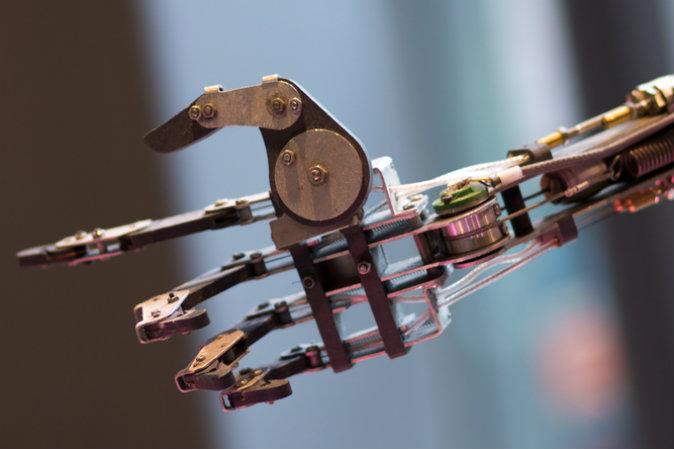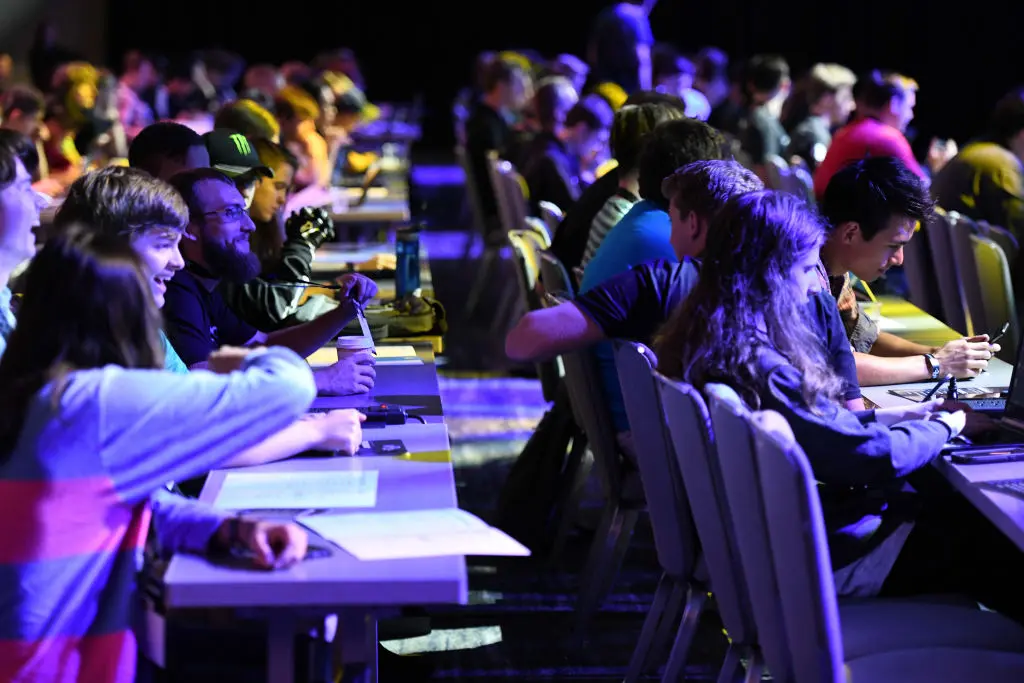Denis Sorenson lost his left hand when a faulty firework exploded while he was still holding it. Doctors amputated the arm and he’s been making do with a prosthetic one since. Prosthetic limbs, generally, do not allow the feeling of touch. But, researchers in Switzerland have come up with a revolutionary new prosthesis system that connects the sensory nerves from the brain to the arm, allowing patients to finally feel objects.
Lifehand 2 is a project by a team of researchers at the Federal Institute of Technology in Lausanne, Switzerland. The team aims to build a fully implantable prosthesis system, comprehensively sensorized and controlled through the patient’s nervous system. It enables users to gain an almost natural feeling in their hands through a surgical procedure that involves the insertion of tiny electrodes into the arm, which connects the sensors located in each finger of the prosthetic hand to the nerves located in the arm.
The bionic hand can enable users to not only hold objects, but also determine the shape and size, and feel the texture. According to a recent report by NPR, Silvestro Micera, director of the Translational Neural Engineering Laboratory, said, “The goal of our project was to provide sensory information to an amputee in real time in order to increase the usability of the prosthesis—to give back as much as possible natural sensory information.”
Sorenson was the first person to test Lifehand 2 in a clinical trial at Rome’s Università Campus Bio-Medico di Roma. He was able to distinguish between the shape and consistency of numerous items, noting differences between a mandarin orange and a baseball, a tall and short bottle, and a piece of fabric and a wooden block.
“The sensory feedback was incredible,” Sorenson said in a press release: “I could feel things that I hadn’t been able to feel in over nine years.” “When I held an object, I could feel if it was soft or hard, round or square.”
The device is currently too bulky to be used in everyday life, and Prof. Micera acknowledges that more research and advancement in technology is required before the fully functional and sensitive prosthetic hand can be made widely available.
*Image of a bionic hand via Shutterstock





